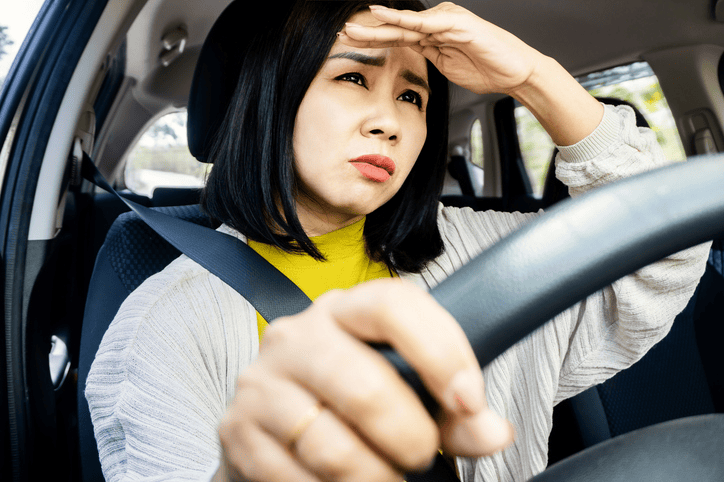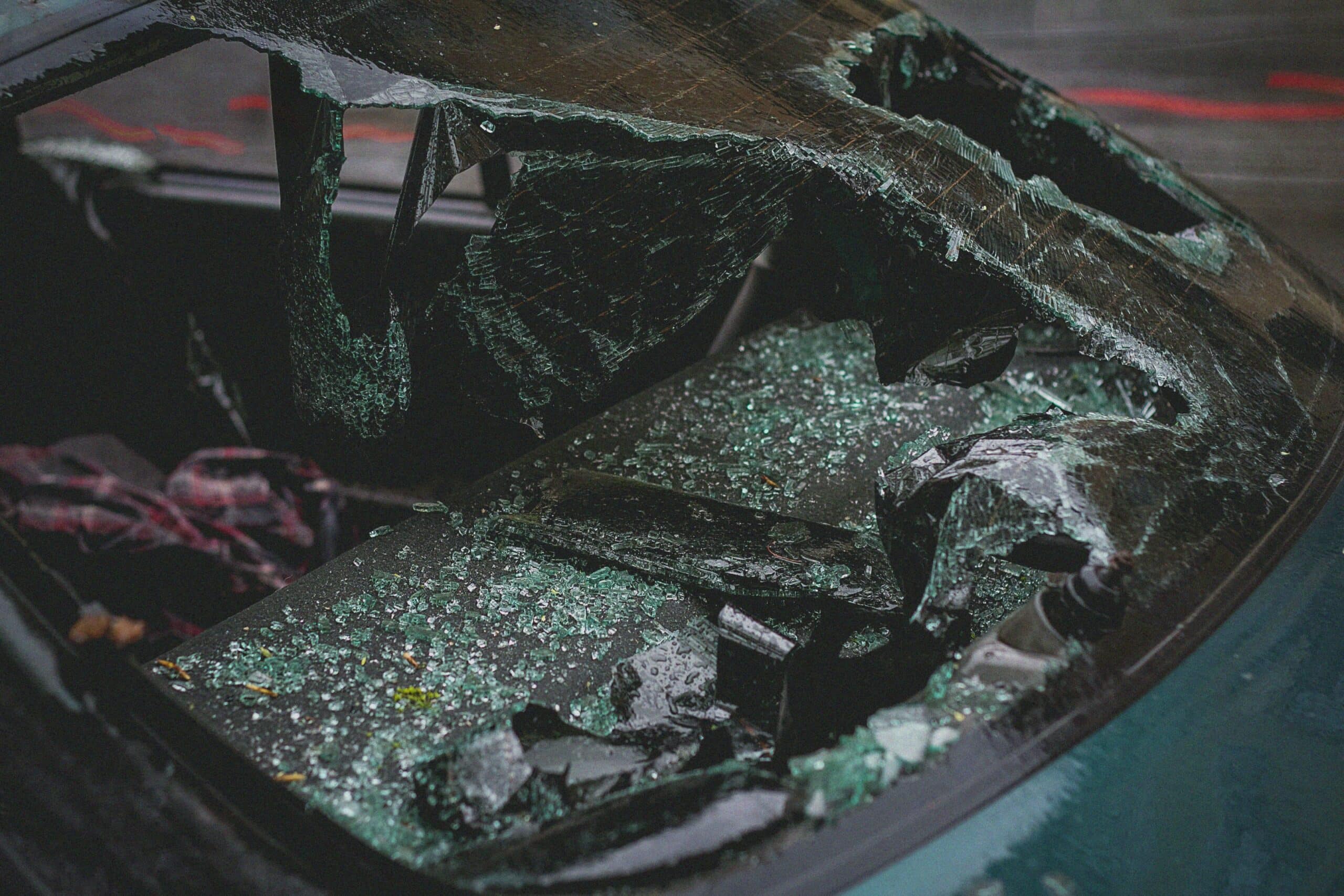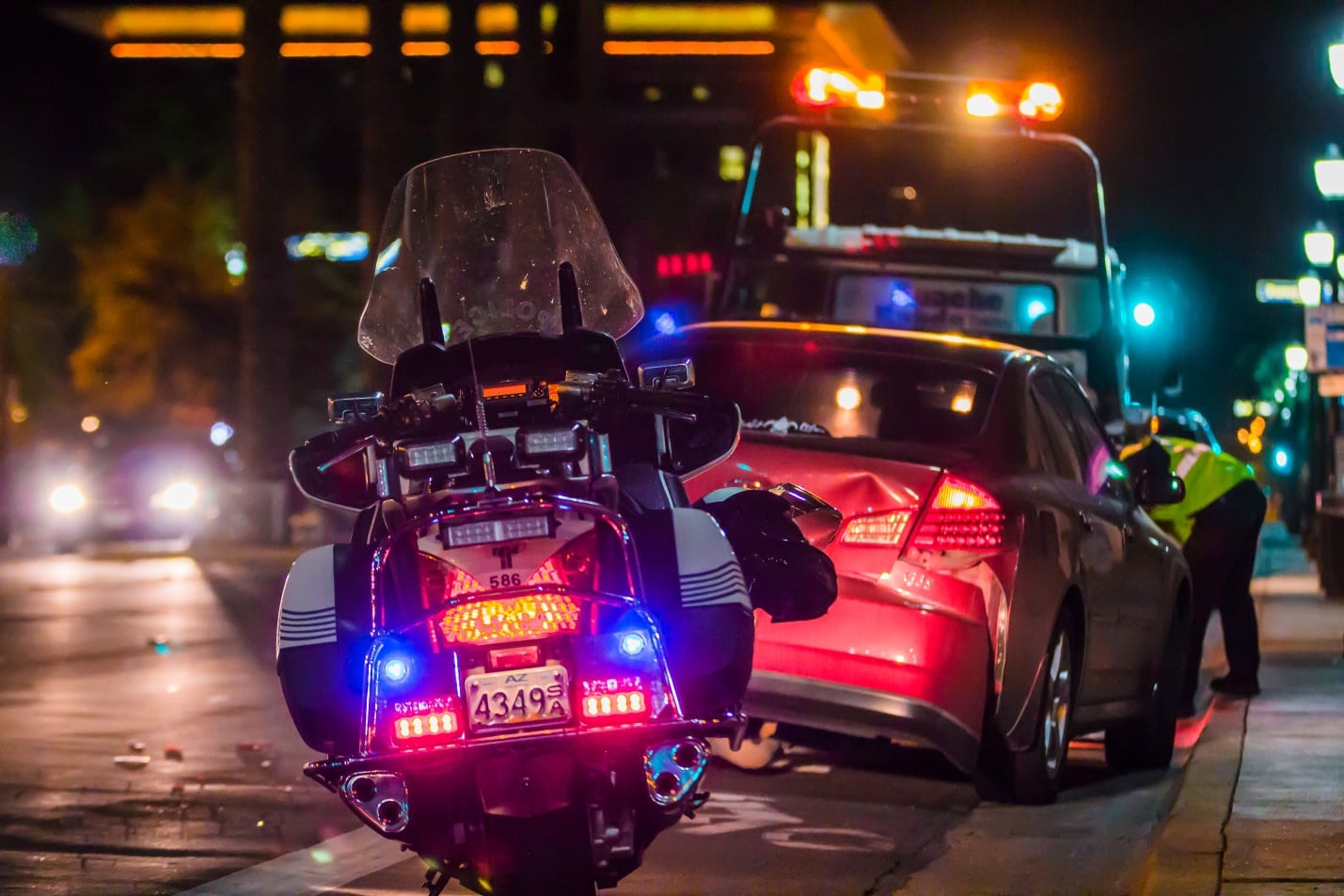
Emergency situations can be chaotic and unpredictable. When an ambulance or other emergency vehicle is involved in a collision, it can lead to confusion, injuries, and significant legal implications. If you’ve been in an accident involving an ambulance, understanding your rights and legal options is crucial.
In this article, we’ll explore what happens if an ambulance hits you, common causes of ambulance accidents, injuries that may result, and who may be held responsible. We’ll also discuss whether you can sue an emergency responder in such cases and offer guidance on navigating the legal process.
When Emergency Vehicles Crash: What Are Your Rights in an Accident?
Emergencies are chaotic, and when emergency vehicles are involved in accidents, it can add another layer of complexity to an already stressful situation. Whether you’re a bystander, a motorist, or a pedestrian, understanding your rights in the event of crashes involving emergency vehicles is crucial.
Your Rights as a Motorist or Pedestrian
When emergency vehicles, such as ambulances, police cars, or fire trucks, are rushing to a scene with flashing lights and blaring sirens, it’s natural to feel overwhelmed and unsure of how to react. However, as a motorist or pedestrian, you have certain rights that are protected by traffic laws:
The right to yield: In most jurisdictions, motorists are required by law to yield the right of way to emergency vehicles displaying flashing lights and sounding sirens. This means pulling over to the side of the road and allowing the emergency vehicle to pass safely.
The right to safety: While it’s important to yield to emergency vehicles, it’s equally important to prioritize your own safety and the safety of others on the road. If pulling over immediately would endanger yourself or others, proceed cautiously until you can safely yield to the emergency vehicle.
The right to legal representation: If you are involved in an accident with an emergency vehicle, whether as a motorist, pedestrian, or passenger, you have the right to seek legal representation. An experienced personal injury lawyer can help you understand your rights, navigate the legal process, and pursue compensation for any injuries or damages you may have sustained.
What Happens if an Ambulance Hits You?
If you’re involved in an accident with an ambulance or another emergency vehicle, it’s essential to take the following steps:
Seek medical attention: Your health and safety should be your top priority. Even if you feel fine, it’s crucial to undergo a medical evaluation to check for hidden injuries.
Call the authorities: Contact the police and report the accident. Police officers will document the scene and gather information from all parties involved.
Exchange information: Exchange contact and insurance information with the ambulance driver and any witnesses to the accident.
Document the scene: Take photos of the accident scene, including damage to vehicles, skid marks, and road conditions.
Contact a personal injury lawyer: An experienced attorney can help you navigate the legal process and ensure your rights are protected.
Common Causes of Ambulance Accidents
Ambulance crashes are among the most common types of accidents involving emergency vehicles. These collisions can occur for various reasons, including:
Failure to yield: Emergency vehicles are not exempt from the requirement to yield the right-of-way when necessary. Accidents can happen if the emergency vehicle drivers fails to yield properly.
Speeding: High speeds increase the risk of accidents, especially when navigating through traffic or intersections.
Driver Fatigue: Emergency responders work long hours and may experience fatigue, impairing their ability to operate the vehicle safely.
Distracted Driving: Attending to patients or communicating with dispatch can distract ambulance drivers, increasing the risk of accidents.
Inexperienced Drivers: In some cases, inexperienced or poorly trained drivers may be behind the wheel of an ambulance.
Equipment Failure: Malfunctioning brakes, faulty lights, or other mechanical issues can contribute to accidents.
Common Injuries in Ambulance Accidents
Ambulance accidents result in a wide range of injuries, including:
Whiplash: Sudden stops or collisions can cause whiplash, a neck injury characterized by pain and stiffness.
Head injuries: Impact with the steering wheel, dashboard, or other objects can cause traumatic brain injuries ranging from mild concussions to severe trauma.
Broken bones: The force of a collision can fracture bones in the arms, legs, ribs, or other parts of the body.
Internal injuries: Blunt force trauma from a collision can cause internal injuries to organs such as the liver, spleen, or kidneys.
Psychological trauma: Being involved in an accident can cause emotional distress, anxiety, and post-traumatic stress disorder (PTSD) in some individuals.
Who’s Responsible for Ambulance Accidents?
Determining liability in ambulance accidents can be complex and may depend on various factors, including:
The actions of the ambulance driver: If the driver was negligent or reckless in operating the vehicle, they may be held liable for any resulting injuries or damages.
Employer liability: In some cases, the ambulance service or agency employing the driver may be held responsible for accidents caused by their employees’ actions.
Third-party liability: If a third party, such as another motorist or a vehicle manufacturer, contributed to the accident, they may share liability for the damages.
How Common Are Ambulance Accidents?
Ambulance accidents are relatively common, although precise statistics may vary depending on the source. According to the National Highway Traffic Safety Administration (NHTSA), there were approximately 6,500 crashes involving ambulances in the United States each year, resulting in around 4,500 injuries.
Can You Sue an Emergency Responder If They Crash Into You?
In most cases, suing an emergency responder for a crash can be challenging due to sovereign immunity, which protects them from certain types of liability while performing official duties. However, there are exceptions, such as instances of extreme negligence or when the emergency vehicle isn’t responding to a call. Consulting with a personal injury lawyer is crucial to understanding your legal options in such situations.
You May Be Able to Sue if the Driver Was Extremely Negligent or Wasn’t Responding to a Call
Yes, you may have grounds to sue if the driver of the emergency vehicle was extremely negligent or was not responding to a call. In cases of gross negligence or if the emergency vehicle was not engaged in an emergency response, sovereign immunity protections may not apply, potentially allowing for legal action to be pursued. An attorney can help you gather evidence, navigate complex legal issues, and pursue the compensation you deserve.
How Can You Seek Compensation for Damages in an Emergency Vehicle Accident?
Seeking compensation for damages resulting from an emergency vehicle accident involves several steps and potential avenues:
Assess Your Damages: Begin by documenting all damages incurred due to the accident. This includes medical expenses, property damage, lost wages, pain and suffering, and any other losses you have suffered.
Contact Insurance Companies: Notify your insurance company about the accident and inquire about coverage options. Additionally, if the emergency vehicle was at fault, contact their insurance provider to explore compensation possibilities.
File a Personal Injury Claim: If you sustained injuries in the accident and believe another party was negligent, you may file a personal injury claim against them. This involves gathering evidence, such as eyewitness testimonies, medical records, and accident reports, to support your case.
Consider Government Liability: If the emergency vehicle is owned by a government entity, you may seek compensation from them. However, be mindful of special rules and limitations when pursuing claims against government entities.
Explore Third-Party Liability: Investigate whether other parties, such as manufacturers of defective vehicle parts, bear responsibility for the accident. Pursuing claims against these parties may involve proving their negligence or liability.
Workers’ Compensation Benefits: If you were injured while on the job and the accident involved an emergency vehicle, you may be eligible for workers’ compensation benefits. These benefits typically cover medical expenses, lost wages, and disability benefits for work-related injuries.
How an Attorney Can Help You in an Ambulance Accident Case
Being involved in an accident with an ambulance can be a daunting experience, both physically and emotionally. If you find yourself in such a situation, seeking the assistance of a qualified attorney can be invaluable. Here’s how a skilled attorney can help you navigate the legal complexities and ensure your rights are protected:
Legal Guidance and Representation: Attorneys specializing in ambulance accidents provide valuable guidance and representation, leveraging their expertise in personal injury law to assist you effectively.
Investigation: They have the resources and skills to gather evidence, including police reports and witness statements.
Determining Liability: Attorneys thoroughly investigate to identify all potentially liable parties, such as the ambulance driver or the emergency service agency.
Negotiating with Insurance Companies: They handle communication and negotiations with insurance companies to ensure fair compensation for your damages.
Maximizing Compensation: Attorneys assess the full extent of your damages and work to maximize your compensation for medical expenses, lost wages, and pain and suffering.
Litigation Representation: If needed, they represent you in court, presenting compelling arguments and advocating for your rights.

Consult with BLG to Navigate Your Ambulance Accident Claim
In conclusion, being involved in an accident with an ambulance or other emergency vehicle such as a police car can be a frightening and confusing experience. However, understanding your rights and legal options is essential for protecting yourself and seeking justice. If you’ve been injured in an ambulance accident, don’t hesitate to seek legal guidance and advocate for your rights.
If you’ve been involved in an accident with an ambulance and need expert legal assistance, don’t hesitate to reach out to BLG. Our experienced team of personal injury lawyers is here to help you understand your rights and pursue the compensation you deserve.
Contact us today for a free consultation and let us fight for your rights.
FAQs
What happens if an ambulance sees an accident?
Ambulances are equipped to respond to emergencies, including accidents. When an ambulance encounters an accident, its crew assesses the situation, provides medical assistance to those injured, and transports patients to the nearest hospital if necessary.
Do ambulance lights turn off when someone dies?
Ambulance lights are typically not turned off solely because someone dies. The decision to turn off lights depends on various factors such as traffic conditions, visibility, and the need to signal other vehicles. However, the emergency lights may be dimmed or turned off once the ambulance has arrived at its destination.
What if an ambulance breaks down?
If an ambulance breaks down en route to an emergency, protocols are in place for swift response. The ambulance crew will immediately contact dispatch for backup and assistance. In such cases, nearby emergency services may be alerted to ensure continuity of care for patients.





